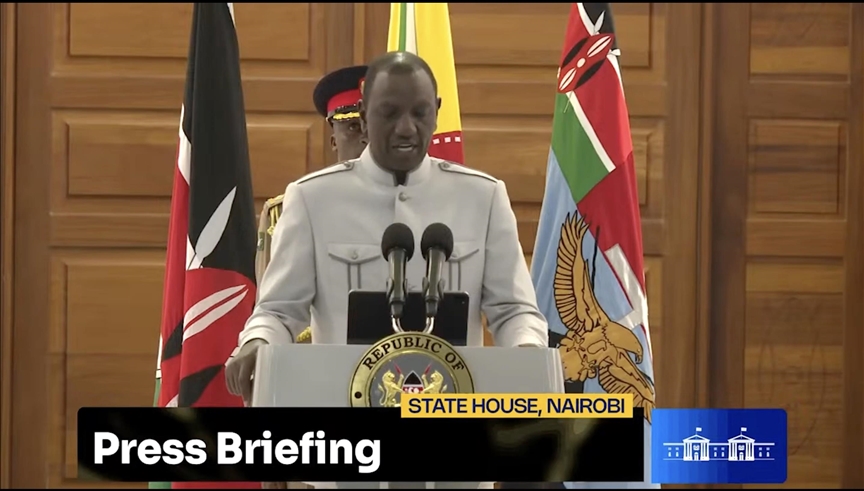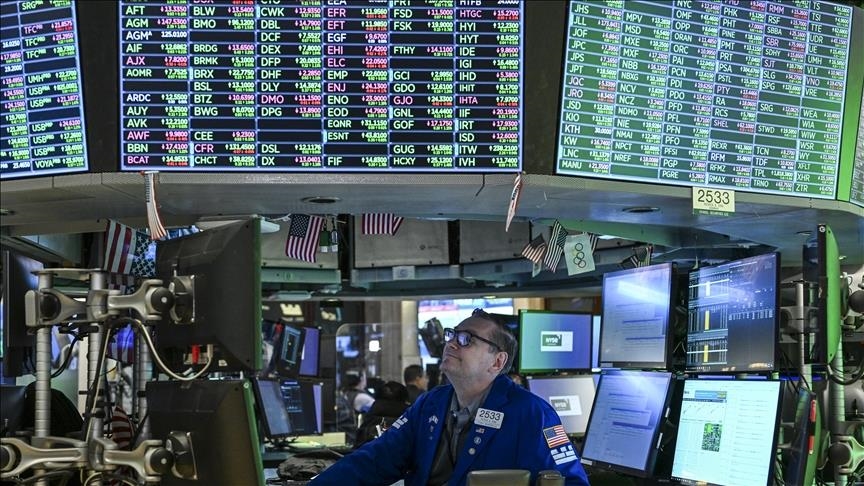
600 million birds lost across Europe since 1980
Europe has lost almost a fifth of its birds since 1980 as habitat destruction has wiped out the animals’ homes.
The shocking finding was made in a study led by the Royal Society for the Protection of Birds (RSPB), who analysed population estimates for 378 species across the continent. Some of Europe’s most common birds were the worst hit, with the house sparrow losing 247 million individuals alone.
Dr Fiona Burns, the study’s lead author, says, ‘Our study is a wake-up call to the very real threat of extinctions and of a Silent Spring, and we are fully supportive of ensuring a strong framework which puts conservation front and centre of any global plans.
‘We need transformative action across society to tackle the nature and climate crises together. That means increasing the scale and ambition of nature-friendly farming, species protection, sustainable forestry and fisheries, and rapidly expanding the protected area network.’
The study, led by British and Czech researchers, was published in Ecology and Evolution.

Birds that live along shorelines have seen some of the sharpest population declines. Image © Martin Fowler/Shutterstock
Twentieth century trouble
It has long been recognised that Europe’s birds have been under threat. As far back as the 1970s, the European Union’s Birds Directive compelled member states to protect areas for the most vulnerable species, and limited hunting of the animals.
Though some species, such as the red kite, have been set on the path to recovery over the past few decades, others continue to decline. The 2021 European Red List of Birds found that 71 species are threatened with extinction, while 34 others are Near Threatened.
Species that live along the shore and on agricultural land are among the worst affected. This finding was shared with the RSPB study, which found that these groups had seen the sharpest population declines, alongside forest-dwelling birds.
Most of the population declines occurred in the 1980s and 1990s, when Europe lost around 1% of its birds each year. Around the year 2000 the overall decline flattened out but remains on a slight downward trend. Overall, this has resulted in a fifth of the continent’s birds being wiped out.
The cause of these declines has been attributed to the destruction of the birds’ habitats by humanity. More intensive farming and the loss of breeding grounds have left many species struggling, leading to a decline of around 623 million animals.
Some species are being hit much harder than others, with just eight species of bird accounting for almost 70% of the declines. The house sparrow alone is responsible for a quarter of the overall fall in numbers.

Blackcaps have seen their populations rocket upwards thanks to conservation schemes. Image © Sandra Standbridge/Shutterstock
Common species collapsing
While the declines are worrying, they would have been much worse had other species not grown in number.
Collectively, more species in the study increased in numbers than fell, with 203 species growing by 341 million individuals. The Eurasian blackcap saw the highest increase, at 55 million, while there are now around 29 million more blackbirds than there were 40 years ago.
The researchers said these increases are thanks to efforts in conserving habitats, which have seen protected reserves in the EU grow by over 1.3 million square kilometres since 1993 – about 800 times the size of London. Targeted action for rare species has paid off, with species such as birds of prey growing their populations.
But focusing conservation effort on rare and iconic species may have come at the expense of common birds like the sparrow, with abundant species seeing the sharpest population declines.
The scientists say that these losses could point to wider ecosystem damage, as abundant species contribute more to certain services than less common ones. For instance, more birds mean that more insect pests can be eaten, or more seeds spread to encourage plant growth.
This could have knock on effects for farming and other industries that we depend on, with BirdLife International, a conservation group which contributed to the study, calling for urgent action to protect biodiversity ahead of the upcoming UN conference on biodiversity, COP15.
The organisation’s interim head of conservation in Europe, Anna Staneva, says, ‘This report loudly and clearly shows that nature is sounding the alarm. While protecting birds that are already rare or endangered has resulted in some successful recoveries, this doesn’t seem to be enough to sustain the populations of abundant species.
‘Common birds are becoming less and less common, largely because the spaces they depend on are being wiped out by humans. Nature has been eradicated from our farmland, sea and cities. Governments across all of Europe must establish legally binding targets for nature restoration, otherwise the consequences will be severe, including for our own species.’













































































